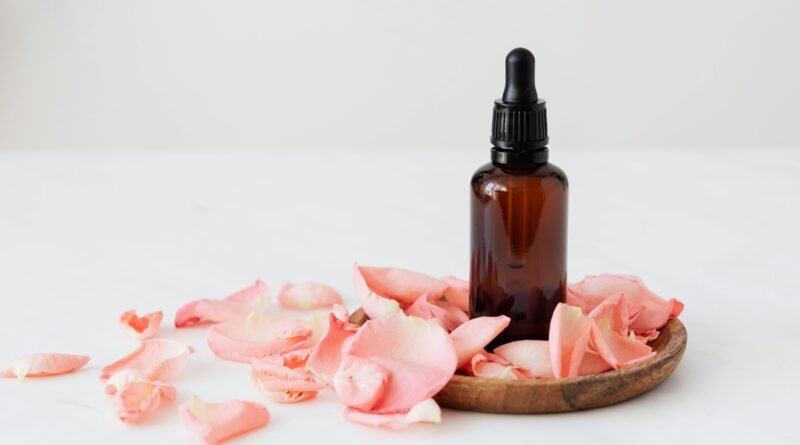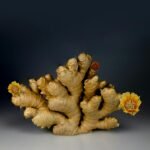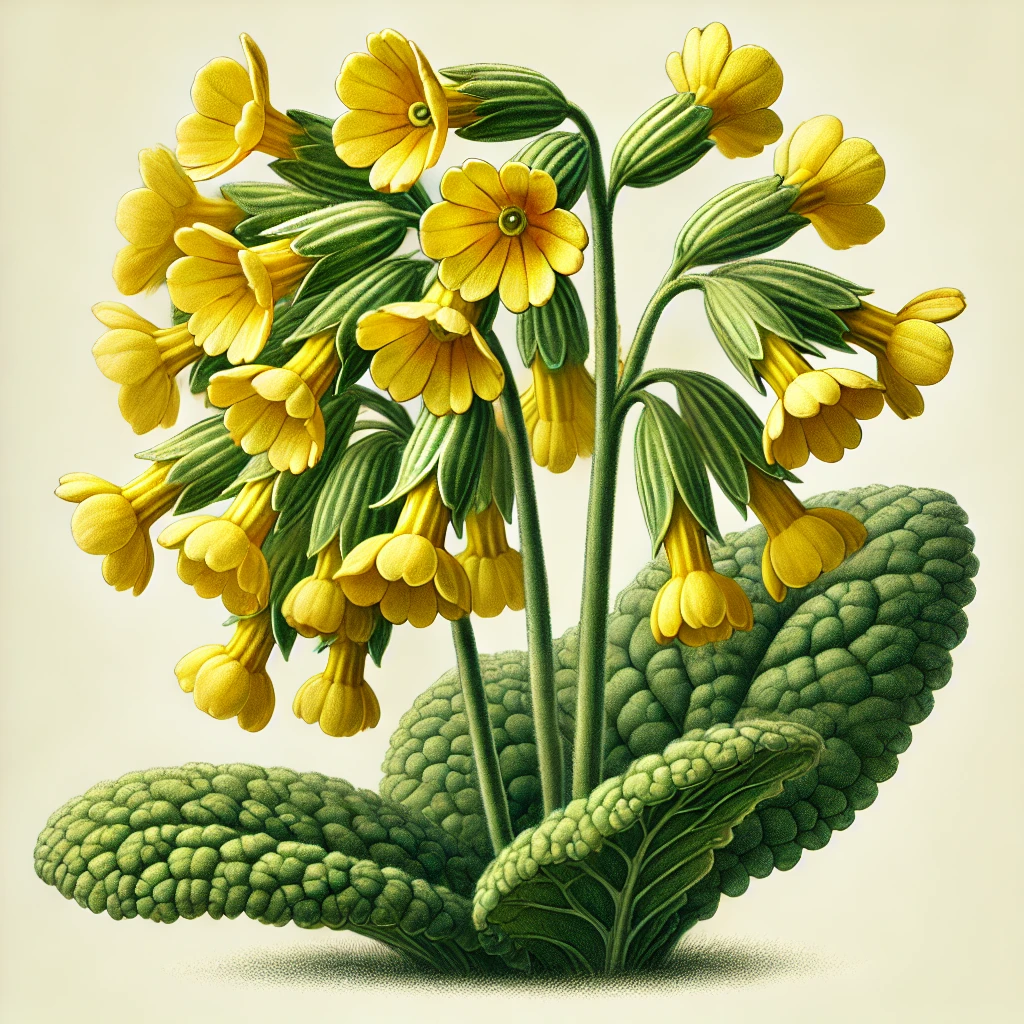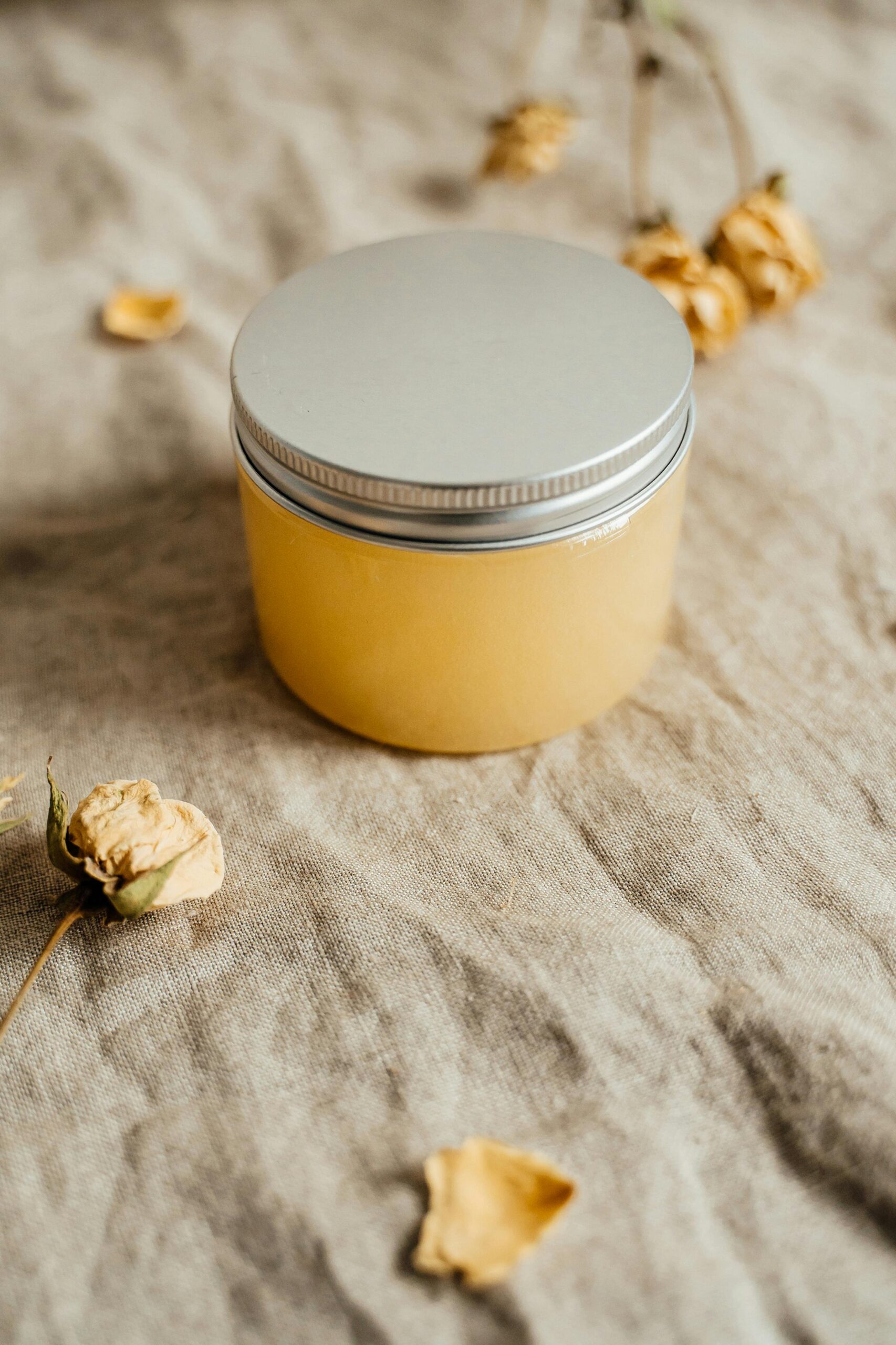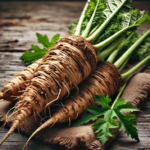Medicinal Plant Tinctures: Benefits, Methods of Preparation, and Usage
What Are Medicinal Plant Tinctures?

Medicinal plant tinctures are concentrated solutions obtained by extracting the active principles from plants using alcoholic solutions. This extraction process is intended to isolate and concentrate the active compounds—such as flavonoids, alkaloids, and essential oils—that are naturally present in various types of plants. Tinctures can be considered a veritable medicinal content, with multiple applications in phytotherapy.
The preparation of tinctures involves the use of alcohol, but its proportion varies depending on the plant used and the desired active principles. Usually, 40–60% alcohol is used, as this ensures efficient extraction and preserves the integrity of the active components. The extraction process often involves the maceration of the plants for several weeks, followed by the filtration of the obtained solution. Through this method, tinctures become more easily absorbed by the body compared to other forms of preparation, such as plant teas or powders.
Medicinal plant tinctures are not only remedies for various conditions but also products for maintaining health, being used for both therapeutic and preventive purposes.
Furthermore, by being integrated into personal care rituals, tinctures can bring significant benefits to general well‑being.
These concentrated solutions have several advantages, including a long shelf life and ease of use, as they can be administered in the form of drops, which makes them very convenient.
Benefits of Medicinal Plant Tinctures
Medicinal plant tinctures are considered effective natural remedies, with a wide range of health benefits. These concentrated preparations help in treating various conditions by extracting the therapeutic properties of plants. For example, echinacea tincture is known for its ability to support the immune system and is often used during the cold season to prevent colds and flu. This plant contains active compounds that help stimulate the body’s immune response.
In addition, tinctures can help reduce symptoms associated with various health problems. For example, valerian tincture is frequently used to combat insomnia and anxiety, being a natural sedative that helps relax the nervous system. Scientific studies have demonstrated that the use of tinctures can contribute to the alleviation of stress symptoms and improve sleep quality.
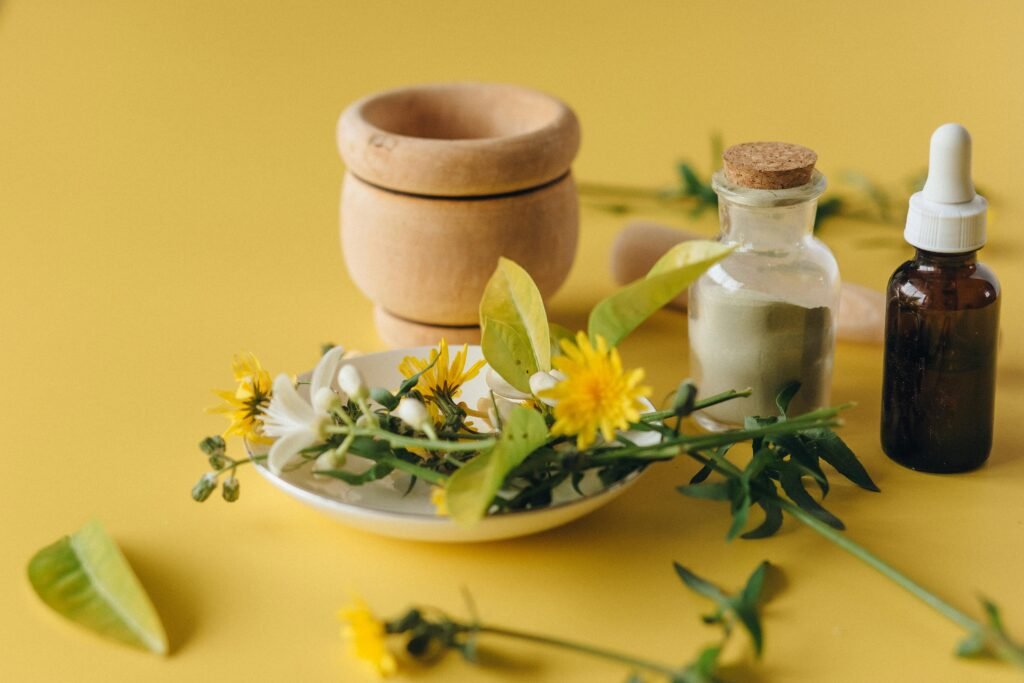
Along with these benefits, medicinal plant tinctures are also appreciated for their antioxidant effects. Antioxidants help fight reactive oxygen species in the body, thus contributing to cellular health. For instance, basil tincture has been studied for its antioxidant and anti-inflammatory properties, having a positive impact on digestive and general health.
It is important to note that these natural remedies do not replace medical consultation, but can be used as adjuvants in standard treatments. Several studies support the effectiveness of tinctures, making them a viable option for those who wish to adopt a more natural approach to their health.
A prudent and informed use of tinctures can bring significant benefits, thereby improving the quality of life of the users.
The Most Commonly Used Plants for Tinctures
The preparation of medicinal plant tinctures involves the selection of plants with recognized therapeutic properties. Among the most commonly used plants are echinacea, valerian, mint, arnica, and chamomile, each having distinct characteristics and specific health benefits.
Echinacea is one of the most popular plants used in natural medicine due to its ability to support the immune system. It helps in the prevention and treatment of infections, being especially effective in cases of colds and flu. Echinacea tincture can be used as a natural remedy to reduce the symptoms of these conditions.
Another notable example is valerian, known for its calming effects. This plant is frequently used to treat insomnia and anxiety. Valerian tincture can induce a state of relaxation, facilitating sleep and improving sleep quality. It is also beneficial for reducing everyday stress.

Mint, with its fresh and tonic aroma, stands out for its digestive properties. Mint tincture is often used to alleviate gastrointestinal discomfort, such as bloating and indigestion. It can stimulate digestion and provide a feeling of comfort.
Arnica is a plant primarily used externally, recognized for its anti-inflammatory and analgesic properties. Arnica tincture is often employed to treat bruises, sprains, and muscle pain. It helps reduce inflammation and accelerates the healing process.
Finally, chamomile, a versatile plant, is used for its calming and anti-inflammatory effects. Chamomile tincture is effective in soothing skin irritations and digestive problems, as well as serving as a remedy for insomnia and stress. Each of these plants contributes to the diversity and effectiveness of medicinal plant tinctures, offering natural solutions for various conditions. This varied palette underlines the importance of knowing medicinal plants and using them correctly for health benefits.

How Are Medicinal Plant Tinctures Prepared?
The preparation of medicinal plant tinctures is a relatively simple process that involves using a few basic ingredients, such as dried or fresh plants and a solvent, usually ethyl alcohol or vodka. This step-by-step guide will detail the methods of preparation and specify the correct proportions for obtaining effective tinctures.
The first step in preparing tinctures is selecting the desired medicinal plants. Any plant with therapeutic properties can be used, but it is essential that the plant is correctly identified. For example, plants such as St. John’s wort, rose hips, or chamomile are frequently used due to their known benefits. Once the plant is selected, it must be prepared by drying, if necessary, and then lightly crushing.

The proportions are very important in this process. The general rule is to use 1 part plant to 5 parts solvent for dried plants, or a 1:4 ratio for roots and bark. Dried plants will require a greater amount of solvent compared to fresh ones, considering that fresh plants contain more water.
After the ingredients are prepared, the plant is added to a glass container, and the solvent is poured over it, ensuring that it is completely covered. The container must be sealed tightly and left to macerate in a dark, cool place for 2–6 weeks, with occasional shaking. The maceration time depends on the type of plant; some require a longer period to extract all the active substances.
A variation of the preparation method may include the use of vinegar instead of alcohol, being a preferred alternative for those who desire a tincture without alcohol. The use of apple cider vinegar, for example, can offer a different taste and add additional benefits. Regardless of the method chosen, it is crucial to respect the proportions and maceration time to obtain a quality medicinal tincture.

Methods of Using Tinctures
Medicinal plant tinctures can be used in various ways, having diverse applications in natural health practices. It is essential to know the recommended doses and frequency of administration to maximize their benefits. Tinctures are generally administered in small doses, often between 20 and 30 drops, diluted in water or other liquids. This method helps reduce the strong taste of the tincture and facilitates better absorption of the active ingredients.
The frequency of administering tinctures varies depending on the purpose of use. Typically, tinctures can be taken 2 to 3 times a day. Users should pay attention to the body’s response to the tinctures and adjust the doses or frequency of use accordingly. It is also important for individuals to consult a health specialist, especially if there are preexisting conditions or if other medications are being taken, in order to avoid harmful interactions and ensure safe usage.
Another notable practice is the use of tinctures in combinations for synergistic effects. For example, a mix of adaptogenic plant tinctures can support the immune system and help reduce stress. It is recommended to combine tinctures with complementary effects, without exceeding the total recommended dose for each individual tincture. This approach can yield more effective results, considering that each tincture can potentiate the action of the other.
Therefore, the use of tinctures requires a careful and informed approach, ensuring that users benefit from their advantages without unnecessary risks. Correct administration practices will contribute to a positive and effective experience.
Precautions and Contraindications
Medicinal plant tinctures are valued for their numerous therapeutic benefits, but their use is not without risks. Thus, it is essential to be aware of possible contraindications and adverse effects that may occur from using this form of treatment. For example, certain tinctures may cause allergic reactions in individuals sensitive to the active ingredients or to components of the plant from which they are extracted. This can lead to symptoms such as skin rashes, itching, or swelling. Therefore, it is recommended that individuals with a history of allergies conduct a sensitivity test before using new tinctures.
Another important aspect is the interaction of tinctures with prescribed medications. Some plant extracts may amplify or, on the contrary, reduce the effectiveness of medications. It is known, for example, that tinctures containing St. John’s wort can affect the metabolism of many medications, including antidepressants, thereby causing unpleasant adverse reactions. For this reason, it is essential for patients to consult a doctor before starting a tincture treatment, especially if they are on regular medication.
Furthermore, certain groups of people, such as pregnant women, breastfeeding mothers, or individuals with chronic conditions, should be particularly cautious when using medicinal plant tinctures. In these cases, consulting a specialist becomes an absolute necessity in order to avoid any potential risk to their health and that of others. Therefore, correct information and medical consultation are essential before beginning the use of medicinal plant tinctures.
Medicinal Tinctures in Traditional Medicine vs. Modern Medicine
Medicinal plant tinctures have a long history, having been used for generations in traditional medicine. This form of treatment is based on the extraction of active principles from plants through the use of alcohol or other solvents. Traditional medicine regards tinctures as natural remedies that contribute to health through a holistic approach. The practices of this form of medicine are often personalized, taking into account the specific needs of the individual and local traditions. Most tinctures are used to support the immune system, alleviate stress, and improve digestive functions.
On the other hand, modern medicine adopts an evidence-based approach, relying on clinical studies and rigorous trials. Tinctures, although less frequently used in contemporary medical practice, still find a place in some complementary therapies. Moreover, some tinctures are integrated into pharmaceutical medications, where their effects are scientifically studied to determine efficacy and safety. This process has led to a better understanding of the mechanisms by which tinctures influence the body, even if they are not always widely accepted by the medical community.

The collaboration between traditional and modern medicine can offer opportunities for integrative treatments, especially in the context of increasing interest in natural remedies. Tinctures continue to be a subject of debate, with many health professionals exploring ways in which they can be used effectively in conjunction with conventional therapies. This integration may improve patient outcomes, providing both scientifically validated treatments and traditional benefits.
User Reviews and Experiences
Medicinal plant tinctures have gained popularity among those seeking natural solutions for various health issues. Many individuals who have used these tinctures share varied reviews, highlighting both the positive effects and any potential disadvantages. A very large number of users express their appreciation for the effectiveness of medicinal plants, describing personal experiences that demonstrate the beneficial effects of tinctures.
For example, some users mention that echinacea tincture helped reduce the symptoms of colds and flu, providing them with a sense of well‑being during the cold season. Others, such as valerian tincture, are often praised for their calming properties, helping to manage stress and anxiety, according to their testimonials. These reviews emphasize the importance of correct preparation of tinctures to ensure maximum effectiveness, as well as the way in which each individual’s body can respond differently to these treatments.
However, there are also less positive experiences. Some users have reported adverse reactions or inefficacy in the case of certain tinctures, suggesting that each person may have a different sensitivity to medicinal plants. For example, some individuals who tried ginseng tincture did not notice significant improvements in energy or concentration. Such stories are essential in providing a complete picture of the efficacy of medicinal plant tinctures, given that the response to plant-based treatments varies considerably.
In conclusion, user reviews underscore the diverse effects that medicinal plant tinctures can have, both positive and negative. These real-life experiences offer a valuable guide for those considering the use of tinctures to improve their health. It is important for each user to conduct their own research and consult specialists before integrating these tinctures into their health regimen.
Conclusion and Future Perspectives
Medicinal plant tinctures represent a traditional remedy with a significant impact on contemporary health. These concentrated extracts offer not only a natural alternative to chemical medications but also a holistic approach to treating various conditions. Their benefits, ranging from anti‑inflammatory and antioxidant properties to the ability to support the immune system, underline the vast potential of these preparations. The use of tinctures has been amplified by the growing interest in natural medicine and the desire of people to enhance their health through less invasive methods.
Future perspectives for medicinal plant tinctures are promising. As research advances, we are witnessing the development of scientific studies that can validate the therapeutic properties of various plants. These initiatives could contribute to the creation of standardized products that are accessible and safe for public consumption. Moreover, the integration of these tinctures into modern lifestyles could be facilitated by educational initiatives informing the public about the correct methods of preparation and usage.
In addition, the development of technologies for the extraction and purification of plant ingredients may lead to the creation of more effective tinctures with a higher safety profile. This will allow not only a broader use in alternative medicine but also integration into patients’ treatment plans alongside conventional medications. In conclusion, medicinal plant tinctures have the potential to become a central element in future wellness and health approaches, contributing to the promotion of a healthy and balanced life. This evolution requires collaboration among researchers, practitioners, and the medical community to ensure their use under conditions of maximum safety and efficiency.
- What Are Medicinal Plant Tinctures and How Do They Differ From Other Forms of Preparation?
Tinctures are concentrated extracts obtained by macerating medicinal plants in an alcoholic solution (most often ethyl alcohol or vodka) over several weeks. Compared to teas or plant powders, tinctures preserve the bioactive substances in a concentrated form that is easily assimilated by the body. This method of preparation allows for the extraction of active principles—such as alkaloids, essential oils, and flavonoids—in a higher concentration than in other types of phytotherapeutic products. - How Do Medicinal Plant Tinctures Work and What Major Benefits Do They Offer?
The alcohol in tinctures acts as a solvent, releasing and stabilizing the active substances from the plants. This extraction method ensures more rapid absorption of the compounds by the body, increasing the therapeutic efficacy. The benefits range from boosting the immune system (echinacea tincture), supporting the nervous system (valerian tincture), or regulating digestion (mint tincture). In addition, a tincture has a longer shelf life and can be easily dosed (by drops), making it extremely practical. - What Are the Main Plants Used for Tinctures and Their Therapeutic Properties?
- Echinacea: Supports the immune system and can help in reducing and shortening the duration of colds.
- Valerian: Has a sedative and anxiolytic effect, useful for insomnia, agitation, and stress.
- Mint: Aids digestion, alleviates bloating, and can reduce abdominal discomfort.
- St. John’s Wort: Supports emotional balance but interacts with several medications.
- Arnica (for external use): Ideal for bruises and inflammations, possessing anti‑inflammatory and analgesic properties.
- Chamomile: Calming, mildly sedative, and anti‑inflammatory, beneficial for gastrointestinal conditions and relaxation.
- How Is a Medicinal Plant Tincture Correctly Prepared at Home?
- Choosing the Plant: Select the aerial parts or roots according to phytotherapeutic recommendations (e.g., mint leaves, chamomile flowers, valerian root).
- Crushing and Drying: The plants are dried (if needed) and lightly crushed to increase the surface area in contact with the alcohol.
- Proportions: Generally, use 1 part plant to 5 parts alcohol (for dried plants) or 1:4 for roots and bark. Food-grade alcohol at 40–60% can be used.
- Maceration: Place the mixture in a glass container with an airtight closure and keep it in a dark place for 2–6 weeks, shaking periodically.
- Filtration and Storage: After the maceration period has ended, strain the liquid and store it in glass bottles, preferably amber-colored, labeled with the name and production date.
- What Is the General Method of Administration of Tinctures and What Should Be Considered in Dosage?
The usual dose for medicinal tinctures is between 20–30 drops taken 2–3 times a day, diluted in water or warm tea. However, the exact dose may vary depending on the potency of the plant and the recommendations of a specialist. The duration of administration differs, and some phytotherapists recommend breaks between courses, to avoid the body becoming accustomed to the substances. Before increasing the dose, it is advisable to observe the body’s reaction and consult a doctor, especially if there are preexisting health conditions. - What Benefits Do Tinctures Offer Compared to Other Plant-Based Supplements (Powder, Tea, Capsules)?
Due to the alcohol, the active principles are extracted more rapidly and are more easily absorbed by the body, ensuring high bioavailability. Unlike teas, tinctures have a higher concentration of beneficial substances and a longer shelf life (usually 1–2 years). Plant powders can be more difficult to administer, and tablets or capsules may contain excipients. Tinctures also allow for fine dosing and can be combined according to individual needs. - Are There Any Contraindications or Precautions to Be Aware of When Using Tinctures?
Yes, particularly the alcohol content may be problematic for individuals with liver conditions, pregnant women, breastfeeding mothers, or those undergoing certain treatments. Some plants (e.g., St. John’s wort) can interact with medications, reducing or amplifying their effects. It is crucial to check for potential allergic reactions and to follow the advice of a health professional to avoid complications, especially in cases of chronic diseases or combined therapies. - How Are Tinctures Integrated Into Modern Medicine and Is There Scientific Evidence Supporting Their Effectiveness?
Modern medicine has begun to analyze the potential of tinctures in greater detail. There are studies that attest to the efficacy of certain plant species (echinacea, valerian, St. John’s wort) in alleviating specific symptoms. Although not all phytotherapeutic properties are confirmed, scientific interest in phytotherapy is growing, and many tinctures available on the market meet quality and safety standards. However, in most cases, tinctures are considered an adjuvant or complementary therapy rather than a complete substitute for conventional medications. - What Are the Main Plants Used for Tinctures and Their Therapeutic Effects?
- Echinacea: Stimulates immunity, helping to prevent and shorten colds.
- Valerian: Has a sedative and anxiolytic effect, useful for insomnia, agitation, and stress.
- Mint: Alleviates digestive problems, reducing bloating and cramps.
- St. John’s Wort: Supports emotional balance but interacts with several medications.
- Arnica (for external use): Ideal for bruises and inflammation, with anti‑inflammatory and analgesic properties.
- What Future Developments Can Be Expected in the Field of Tinctures and How Can Consumers Choose Quality Products?
With the growing demand for natural remedies, a wider range of tinctures can be anticipated on the market, including more sophisticated, scientifically tested forms. Future medical studies may lead to the standardization of production and dosage methods, making tinctures more accessible and safer for consumers. To choose quality products, it is recommended to check the label (alcohol concentration, botanical species, expiration date), look for reputable manufacturers, and ideally consult a phytotherapist or a doctor specialized in complementary therapies.
